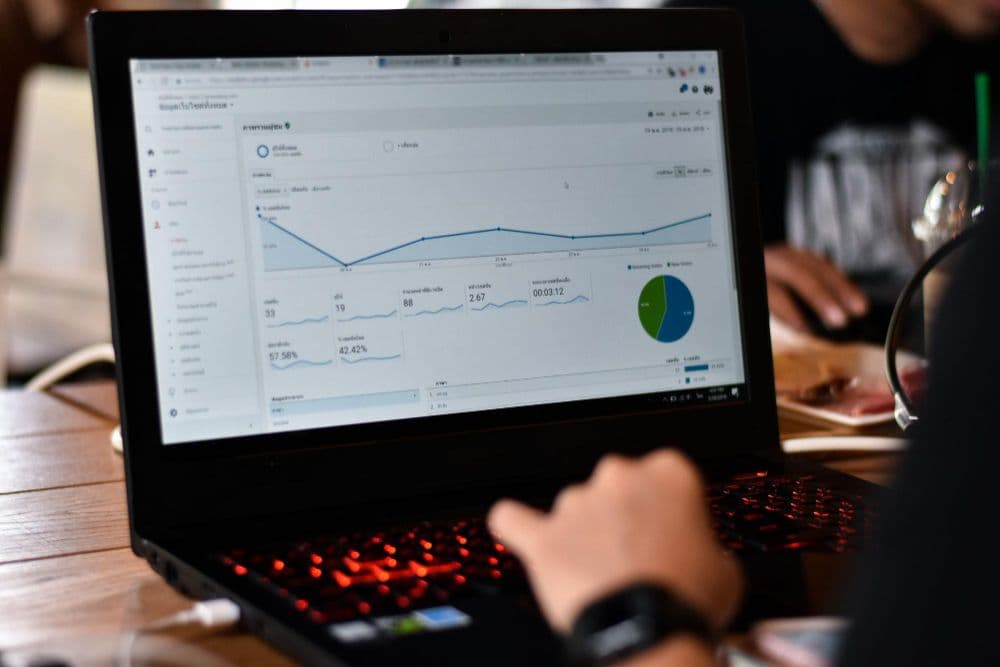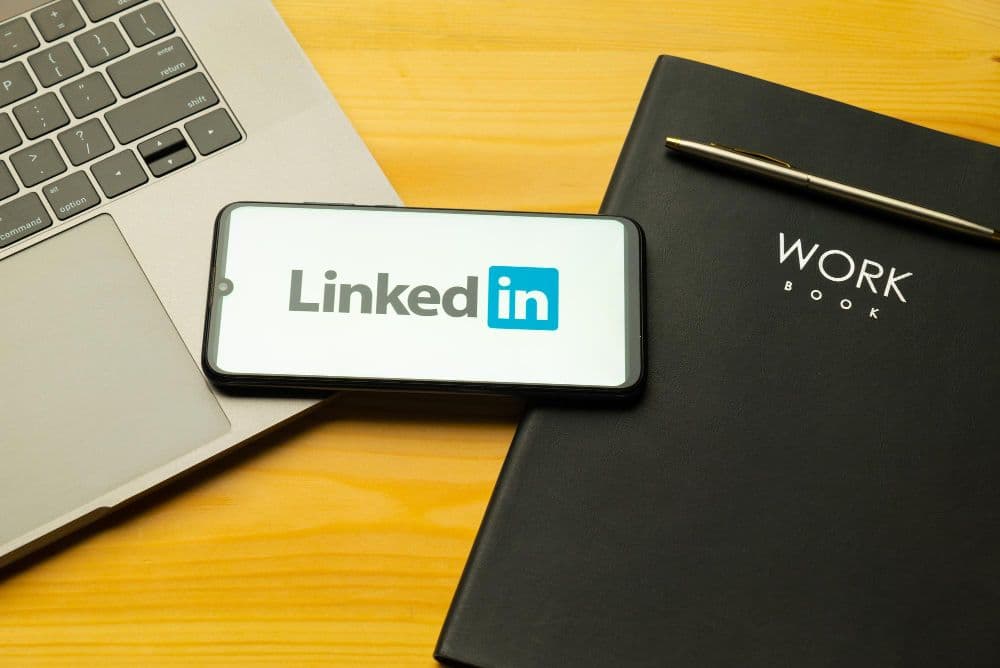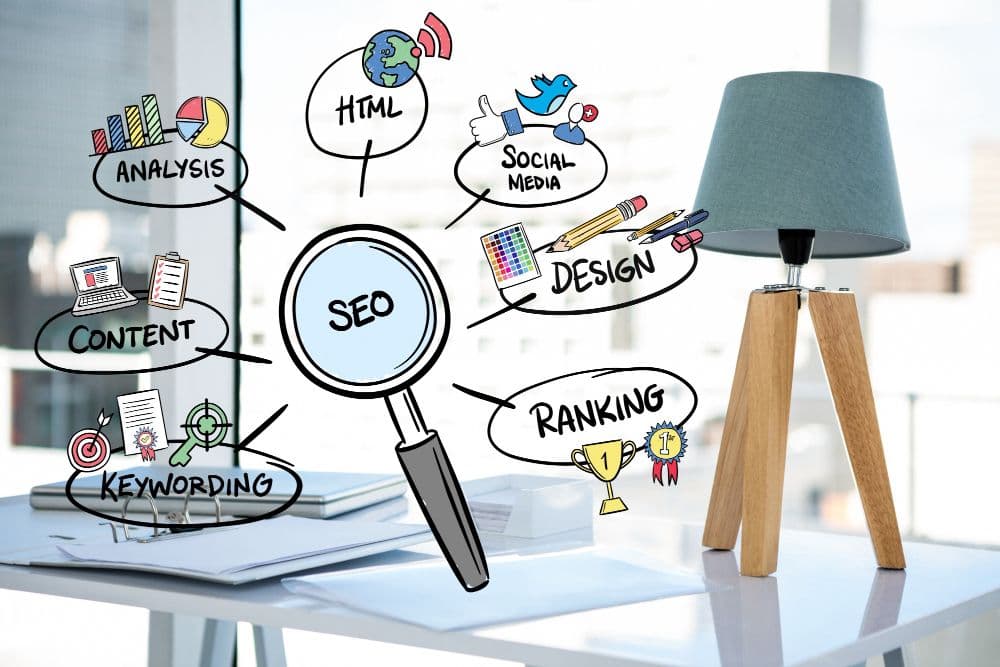

If you still think LinkedIn is just a place where people list old job titles and congratulate strangers on promotions, you’re missing out on one of the most powerful marketing tools of 2025.
These days, LinkedIn for business is where deals are made, thought leaders are born, and brands earn the trust of decision-makers. Whether you’re a start-up founder trying to get your first client or an established company wanting to expand your reach, your LinkedIn presence can make or break those first impressions.
In this guide, I’ll walk you through how to create a LinkedIn account for business, build a strong LinkedIn company page, and — most importantly — turn it into a magnet for the right audience.
Oh, and if you want a head start on creating great posts, bookmark Turrboo’s LinkedIn Post Generator. It’s like having a content assistant who actually likes Mondays.
When I talk to business owners about LinkedIn, I often hear:
“Isn’t that just for job hunting?”
Not anymore. With over 1 billion members worldwide, LinkedIn has transformed into a hub for networking, branding, and lead generation. It’s the only major social platform where your audience expects professional, value-driven content — not dance trends or cat memes (although, I admit, a cat in a tie could probably go viral).
Here’s why it’s worth your time to set up a LinkedIn business account:
If your business isn’t here, it’s like opening a store but forgetting to put up a sign.

First things first — to create a LinkedIn business page, you need a personal LinkedIn profile. Think of it as your admin login.
Once you’ve got that:
Pro tip: Don’t stress if writing isn’t your thing. Turrboo’s Publishing Feature can help you plan and post your first updates without scrambling for ideas.
A half-empty page is like handing out a business card with only your name on it.
Here’s how to make it complete:
The first impression your page makes can influence whether someone follows you or clicks away. So, invest time here.

You’ve created the page — now what? You post. And then post again. And again.
Consistency builds credibility. Timing builds visibility.
According to the best times to post on social media, LinkedIn engagement peaks midweek during working hours. But your audience might be different, so test and learn.
Content ideas that work well:
You can make life easier by using a scheduler like Turrboo’s Publishing Feature so you’re not scrambling for posts every Tuesday morning.
Blind posting is risky — like throwing darts in the dark and hoping you hit the board.
LinkedIn gives you basic analytics, but if you want deeper insight into how to grow your LinkedIn profile, Turrboo’s Analytics Feature shows detailed engagement stats, audience breakdowns, and performance trends.
Metrics worth tracking:
Data doesn’t just tell you what happened — it tells you what to do next.

A LinkedIn company page isn’t just for shouting announcements. It’s for starting conversations.
Ways to engage:
Remember, people buy from people — and brands — they feel connected to.
AI can’t replace your brand voice, but it can speed things up.
For example, tools like Turrboo’s AI in Social Media guide can help you:
It’s like having a digital assistant who doesn’t complain about Mondays.

If you’ve put the work into your page, don’t hide it. Share it everywhere.
Ideas:
Promotion isn’t pushy when you believe in what you’re offering.
LinkedIn actually rewards businesses that fully build out their company page. Profiles with complete info get up to 30% more weekly views — and visibility is half the battle. Make sure you’ve filled in:
The more polished your page looks, the easier it is for potential clients and talent to say, “Yep, this company looks legit.”
If you sell products or SaaS, LinkedIn’s Products tab is basically free advertising space. You can list up to 10 offerings, each with its own description, visuals, and even testimonials. Tips to use it well:
This not only shows what you sell — it builds social proof right on LinkedIn.
The Life tab is where you humanize your brand. Use it to share:
Think of it as your company’s “About Us” page, but more engaging. Done right, it attracts both clients (who trust people-first brands) and top talent (who want to join your mission).
Don’t just post and pray. LinkedIn’s built-in analytics give you solid insights into:
You can also track competitors to see how your growth compares — and even study their top-performing content. It’s like free market research without hiring a detective.
Managing a LinkedIn company page manually is doable, but it can eat up hours each week. That’s where tools like Turrboo come in — giving you everything you need to post smarter, track performance, and grow without burning out.
Here’s how Turrboo helps:
With the right tool, LinkedIn stops being “another platform to manage” and becomes a steady growth engine for your brand.
Building a presence on LinkedIn for business is about showing up, providing value, and making it easy for the right people to find you.
When you create a LinkedIn account for business and stick to a rhythm of posting, optimizing, tracking, and engaging, you’ll turn your LinkedIn company page into more than just a profile — it’ll be a business asset.
And remember: the best time to start was yesterday. The second best is right after you finish reading this.
Yes — creating a LinkedIn business account and running your company page is completely free. You only pay if you choose to promote posts or run targeted LinkedIn ads. For most small businesses, the free features like posting updates, engaging with followers, and tracking analytics are more than enough to start building your brand.
Nope — your personal profile and LinkedIn company page are two different things. If you want to create a LinkedIn account for business purposes, you’ll need to set up a separate company page. This ensures your brand has its own space, followers, and analytics independent of your personal connections.
A good starting point is 2–3 quality posts per week on your LinkedIn company page. Consistency matters more than volume. Focus on valuable updates, industry insights, and engaging content that helps you grow your LinkedIn profile and brand presence without overwhelming your audience.
Absolutely — once you create a LinkedIn business page, you can edit your logo, banner image, company description, and call-to-action buttons anytime. Keeping your page updated ensures visitors see fresh, accurate information about your brand.
A LinkedIn business account is your overall access to LinkedIn’s business tools, while a LinkedIn company page is the actual public profile for your brand. Think of the business account as your control panel, and the company page as the storefront your audience sees. Both work together to build credibility and visibility for your business.



